
Queenstown is a resort town in Otago in the south-west of New Zealand's South Island. It is the seat and largest town in the Queenstown-Lakes District.
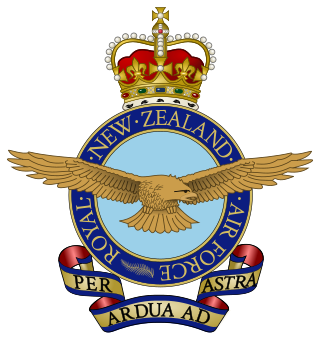
The Royal New Zealand Air Force is the aerial service branch of the New Zealand Defence Force. It was formed initially in 1923 as a branch of the New Zealand Army, being known as the New Zealand Permanent Air Force, becoming an independent air force on 1 April 1937.

Flying Officer Lloyd Allan Trigg VC DFC, of Houhora, New Zealand, was a pilot in the RNZAF during World War II. He was a posthumous recipient of the Victoria Cross, the highest award for gallantry in the face of the enemy for British and Commonwealth armed forces, and received the award for pressing home an attack on a German U-boat in August 1943. He was killed in the action. His award is unique, as it was awarded on evidence solely provided by the enemy, for an action in which there were no surviving Allied witnesses to corroborate his gallantry.

The Douglas A-4 Skyhawk is a single-seat subsonic carrier-capable light attack aircraft designed and produced by the American aerospace manufacturer Douglas Aircraft Company, and later, McDonnell Douglas. It was originally designated A4D under the United States Navy's pre-1962 designation system.

Wigram is a suburb in the southwest of Christchurch, New Zealand. The suburb lies close to the industrial estates of Sockburn and the satellite retail and residential zone of Hornby, and has undergone significant growth in recent years due to housing developments. It is seven kilometres to the west of the city centre.

No. 5 Squadron RNZAF is a maritime patrol and anti-submarine warfare squadron of the Royal New Zealand Air Force. It operates the Boeing P-8 Poseidon from RNZAF Base Ohakea. The squadron was formed during the Second World War and has since been in continuous operation. A number of maritime patrol aircraft have been operated by the squadron over the course of its existence including the Short Singapore, Consolidated PBY Catalina, Short Sunderland and the Lockheed P-3 Orion.

14 Squadron RNZAF is a squadron of the Royal New Zealand Air Force. In 2015 the squadron was re-raised and equipped with 11 Beechcraft T-6 Texan II. A new aerobatic display team called the Black Falcons was also formed using the new aircraft. They replaced the RNZAF display team known as the Red Checkers.
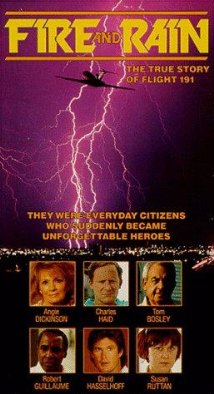
Fire and Rain is a 1989 American made-for-television disaster film directed by Jerry J. Jameson, starring Charles Haid, Angie Dickinson, and Tom Bosley, as well as an all-star ensemble television cast in supporting roles. It is based on the Delta Air Lines Flight 191 plane crash at Dallas/Fort Worth International Airport on August 2, 1985, as depicted in Fire and Rain: A Tragedy in American Aviation (1986) by Jerome Greer Chandler.

No. 489 (NZ) Squadron was a torpedo bomber squadron established for service during the Second World War. It was a New Zealand squadron formed under Article XV of the Empire Air Training Plan. Although its flying personnel were largely drawn from the Royal New Zealand Air Force, the squadron served in Europe under the operational and administrative command of the Royal Air Force as part of Coastal Command.
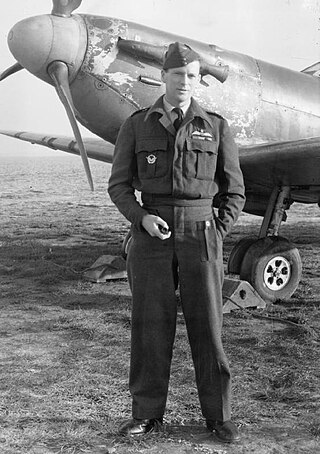
John Milne Checketts, was a New Zealand flying ace of the Second World War, who was credited with the destruction of 14+1⁄2 enemy aircraft, three probably destroyed and 11 damaged.

No. 6 Squadron RNZAF is a maritime squadron of the Royal New Zealand Air Force. It has a history going back to World War II, when it operated flying boats, and has been disbanded and re-formed several times through changes in the country's military structure. The squadron motto, originally "Fortitudine et Diligentia", is now “Vigilance with Patience”.

Ardmore Airport is an airport 3 nautical miles (5.5 km) southeast of Manurewa in Auckland, New Zealand.
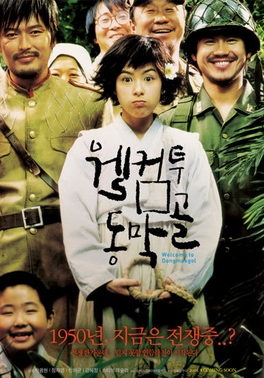
Welcome to Dongmakgol, also known as Battle Ground 625 (UK), is a 2005 South Korean war comedy-drama film. Based on the same-titled long-running stage play by filmmaker/playwright Jang Jin, Park Kwang-hyun's debut film was a commercial and critical success.
Jonathan "Jack" West Junior is the main character in a book series by Australian author Matthew Reilly. He appears in the books Seven Ancient Wonders, The Six Sacred Stones, The Five Greatest Warriors, The Four Legendary Kingdoms, The Three Secret Cities, The Two Lost Mountains, and The One Impossible Labyrinth.
The Sparta is a 48-metre (157-foot) Russian-flagged fishing trawler and refrigerator ship.

The McDonnell Douglas A-4G Skyhawk is a variant of the Douglas A-4 Skyhawk attack aircraft developed for the Royal Australian Navy (RAN). The model was based on the A-4F variant of the Skyhawk, and was fitted with slightly different avionics as well as the capacity to operate AIM-9 Sidewinder air-to-air missiles. The RAN received ten A-4Gs in 1967 and another ten in 1971, and operated the type from 1967 to 1984.
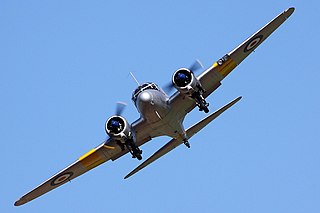
720 Naval Air Squadron was a Naval Air Squadron of the Royal Navy's Fleet Air Arm. The squadron originated as the Catapult Fight for the New Zealand Division and it achieved squadron status and a shore base at Auckland, New Zealand, before the start of the Second World War. However it was absorbed into 700 Naval Air Squadron in January 1940. The squadron reformed at the beginning of August 1945, from an unnumbered photographic flight originally formed in December 1940, at HMS Peregrine, RNAS Ford, in Sussex, as the RN Photographic Squadron. It moved to HMS Siskin, RNAS Gosport, in Hampshire, during May 1948, but 720 Naval Air Squadron disbanded in January 1950, with 771 Naval Air Squadron taking on the aircraft and duties.

The history of aviation in New Zealand began in the late 19th century when balloon flights began. In the first decade of the 20th century, several New Zealanders began developing heavier-than-air craft. The first confirmed powered flight in New Zealand being made by Richard Pearse in 1902 though is considered uncontrolled.

Cornelius James Sheddan, was a flying ace of the Royal New Zealand Air Force (RNZAF) during the Second World War. He was credited with the destruction of five and a half German aircraft as well as seven V-1 flying bombs.
















